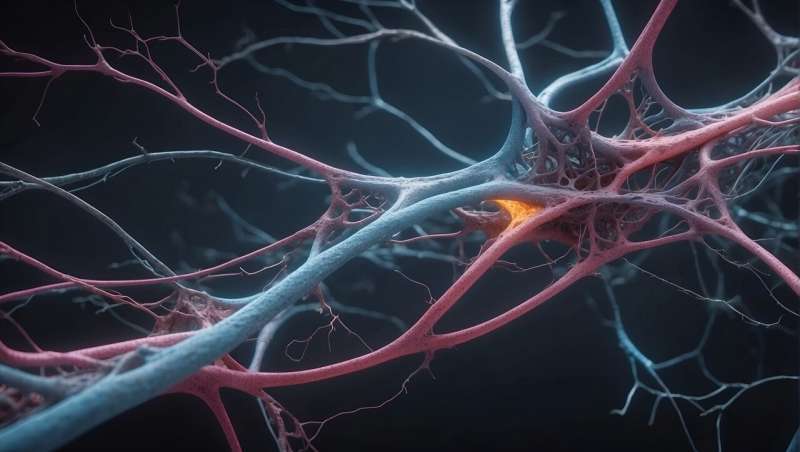The Rise of 3D Bioprinting and the Impact of Patent Laws

3D bioprinting is transforming medicine, but current patent laws may hinder innovation and commercialization. Discover how legal frameworks impact this rapidly growing field.
3D bioprinting technology, which enables the creation of living tissues and organs through sophisticated printing methods, is rapidly advancing and transforming the field of medicine. This innovative approach holds promise for addressing the significant demand for organ transplants, with approximately 1,850 Australians currently awaiting transplants. Bioprinting offers a potential solution, contingent on the development of clear and adaptable global patent laws that can foster innovation and support commercialization.
However, a recent study led by Dr. Pratap Devarapalli from the University of Queensland highlights a growing challenge: the current legal framework has struggled to keep pace with the technological leaps in bioprinting. Patent laws, which are crucial for protecting inventions and incentivizing investment, often do not easily accommodate bioprinted organs that closely resemble natural tissues, especially when they are designed to be as realistic and functional as possible.
The research, published in Nature Biotechnology, emphasizes that existing patent criteria often require innovations to be distinctly different from natural biological entities. This creates a paradox where the more effective and bio-realistic the bioprinted organ becomes, the harder it is to obtain patent protection. As a consequence, companies and researchers may be less inclined to invest heavily in such cutting-edge developments without adequate intellectual property safeguards.
The bioprinting market is currently valued at around $5.5 billion in 2025 and is projected to reach $20 billion by 2034, reflecting its rapid growth and increasing significance in healthcare. Patents are vital as they grant inventors temporary exclusive rights, encouraging innovation by providing financial returns and protection from copying. The disparities in how leading jurisdictions like the US, Europe, and Australia assess patentability create legal uncertainties, especially when ethical issues and moral objections, such as concerns over bioprinted tissues resembling early-stage human embryos, come into play.
Australia has recently adopted a new classification that regards bioprinted devices containing human cells as "medical devices with biological components,” aligning its standards more closely with those in Europe and the US. This progress aims to streamline pathways to clinical application and commercialization, though it also raises calls for balanced regulation that promotes research without compromising ethical standards.
Looking ahead, Dr. Devarapalli plans to present these findings at a United Nations forum in Geneva, advocating for an international approach to harmonize patent laws related to bioprinting. Such efforts are essential for harnessing the full potential of this groundbreaking technology while ensuring ethical and legal clarity.
Source: https://medicalxpress.com/news/2025-06-3d-bioprinting-booming-patent-laws.html
Stay Updated with Mia's Feed
Get the latest health & wellness insights delivered straight to your inbox.
Related Articles
Enhanced Technique Improves Precision of Blood Measurement Using Near-Infrared Spectroscopy
A new integrated approach significantly improves the accuracy of blood hemoglobin measurement using near-infrared spectroscopy, paving the way for non-invasive diagnostics.
Innovative Treatment Shows Promise for Rare Childhood Mitochondrial Disease
A groundbreaking study at NYU Langone Health introduces an experimental compound that shows promise in treating HPDL deficiency, a rare mitochondrial disease in children, leading to notable neurological recovery.



